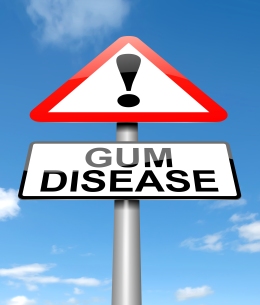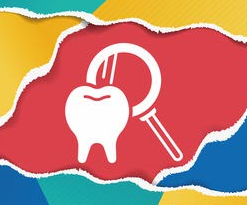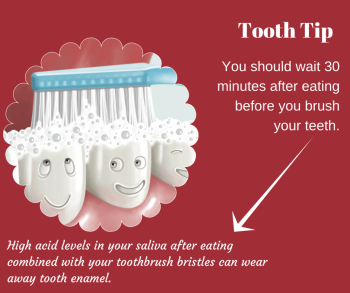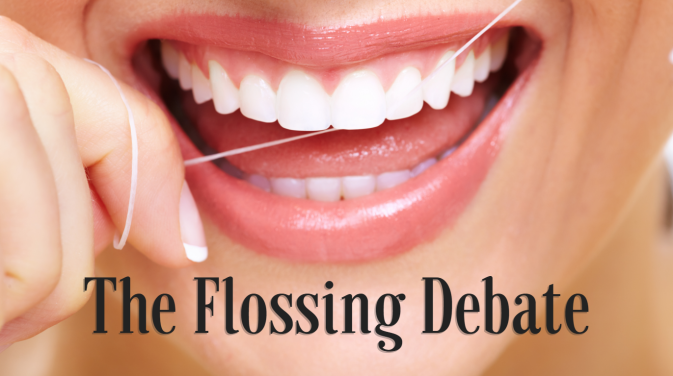Have you ever had something caught in your teeth for days? It’s likely because it was lodged deep between a tooth and your gums. That gum tissue is what keeps our chompers in place. There are three stages of gum disease and all are treatable.
The mild form of gum disease is Gingivitis. This is where plaque and other byproducts irritate the gums. It makes them swollen, tender, and more likely to bleed. Periodontitis is stage two. The gum tissue starts deteriorating as it detaches from the teeth forming pockets around the roots. This leaves teeth exposed and more susceptible to decay. Finally, Advanced Periodontitis can set in. Tooth pockets get deeper as the severe gum recession leads to bone loss causing loose teeth.
Common Risk Factors of Periodontal Disease
- Genetics – it’s hereditary and some of us are just unlucky! While you may be more susceptible to periodontitis, having a good oral hygiene routine with regular dental visits can help your smile stay healthy. Talk to us about finding the right balance for your needs.
- Health – underlying medical conditions like diabetes and Crohn’s disease, as well as lowered immunity from illnesses and treatments often affect gum tissue. Medications, hormonal changes and obesity are also culprits and should be discussed.
- Bad Habits – chewing on ice, not brushing or flossing daily and using tobacco are the most common behavior changes we encourage you to ditch. However, substance abuse and a diet lacking in vitamin C will also impact your smile.
- Stress – it’s inevitable. But keep an eye on exactly how much it’s weighing you down. High levels or chronic stress can lead to poor hygiene habits. Anxiety can also lower your immune system from effectively fighting off bacteria that causes gingivitis (stage 1).
When to Seek Help
Common red flags of gum disease include:
- Bleeding gums
- Swollen or tender gums
- Gums look bright red
- Teeth wiggle
There’s no home remedy to cure gum disease. Only professional treatment can help, so call and schedule an exam today (916) 683-2272
Cozy Dental in Laguna
Dr. Gagandeep Kandola
Dr. Ahmad Eltejaye
2370 Maritime Dr.
Elk Grove, CA 95758



